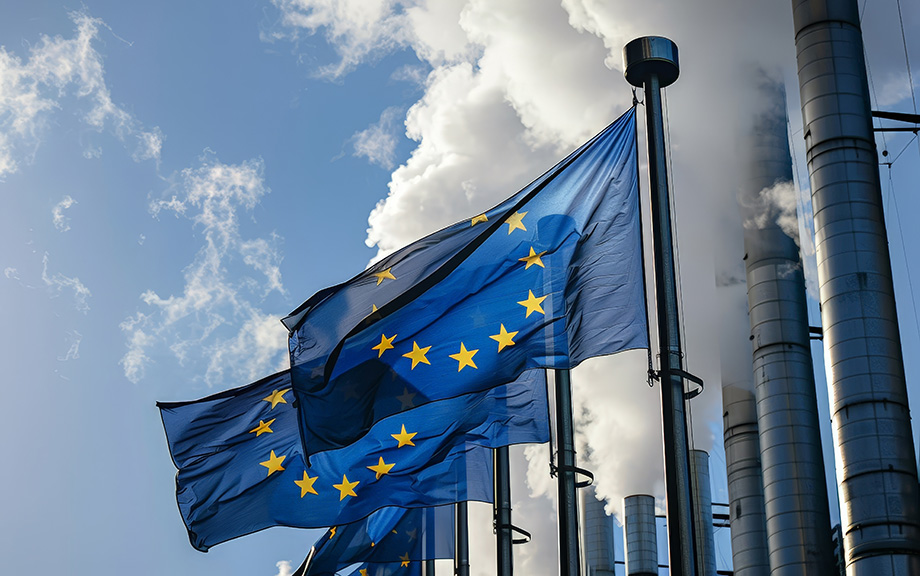
While policies to combat climate change are designed to address a global problem, they are generally implemented at the national level. Nevertheless, the impact of domestic climate policies may spill over internationally given countries’ economic and financial interdependence. For example, a carbon tax charged to domestic firms for their use of fossil fuels may lead the firms to charge higher prices to their domestic and foreign customers; given the importance of global value chains in modern economies, the impact of that carbon tax may propagate across multiple layers of cross-border production linkages. In this post, we quantify the spillover effects of climate policies on forward-looking asset prices globally by estimating the impact of carbon price shocks in the European Union’s Emissions Trading System (EU ETS) on stock prices across a broad set of country-industry pairs. In other words, we measure how asset markets evaluate the impact of changes to the carbon price on growth and profitability prospects of the firms.



















 RSS Feed
RSS Feed Follow Liberty Street Economics
Follow Liberty Street Economics